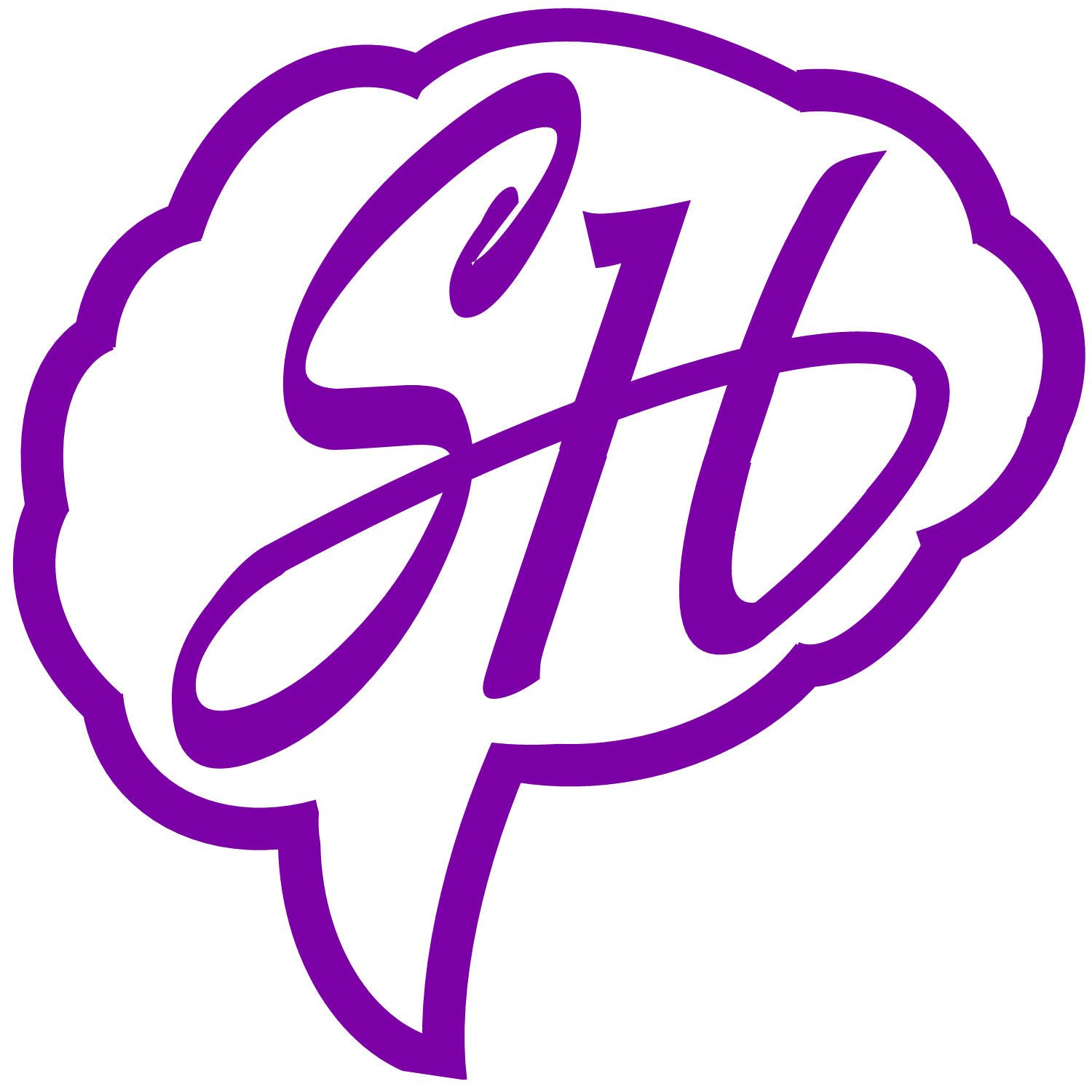Drive The Event Forward
- Steve Haffner

- Apr 20, 2015
- 3 min read
Updated: Apr 13, 2020

Does your event programming work? Do attendees feel that the talks and sessions have cohesiveness and continuity? Does each element drive the event forward?
You have probably attended (or planned) an event that seems to lack that certain something that ties it together. It may have a stated theme that fits a well-defined audience, but the individual elements - talks, sessions, entertainment - may seem out of order or even out of place.
I recently realized that events can be developed in the same way that my corporate entertainment programs are. When I build a show, there are things I have to consider that event planners would also do well to keep in mind.
Recently I was consulting with some entertainment experts on my show. Though I am experienced and have strong programs, I am always developing, rehearsing and refining them. One of the experts remarked that I should evaluate every piece of my performance to determine not only the entertainment value, but whether or not it "drives the show forward."
For example, he asked why I included a certain segment of audience interaction. "Because it always gets a big laugh," I responded. He said, "Sure, but ask yourself two questions: Does it fit how you want your stage persona to be perceived? And does it drive the show forward? Maybe getting a laugh isn't enough."
He said that every show should be going somewhere, a place that the audience wants to go with me, and that every segment and routine should be helping to drive the show to that destination, albeit in a fun and captivating way.
Such great advice! And it fits anyone who is developing a user experience. People want to have a sense that the entire event as a whole is going somewhere and they are counting on you to take them there.
Create a narrative for your event that is well-designed and makes sense, in which the order of talks and sessions is conducive to moving the audience forward emotionally and educationally.
There can (and should) still be peaks and valleys. For example, for training conferences with think-heavy sessions, there needs to be some less demanding sessions interspersed to reduce mental fatigue. Likewise, in my shows, I include a couple of routines that are lighter and may not have the mind-metling impact of the stronger mentalism pieces. These serve to give the audience members a mental and emotional rest, but they still contribute to the overall theme and journey. That emotional rest then helps to increase the impact of the other routines.
Louis Rosenfeld wrote a fantastic article on "How to Organize a Conference," which can be found here. Note his item #13 because that addresses this topic very well.
Planning a designed narrative does take extra work up front, and sometimes client requirements preclude the "driving it forward" criteria. They may want a particular speaker because she's really funny and compelling, even though her talk has nothing to do with the theme of the event. ("But she's really good!") So concessions sometimes must be made.
But if you enter the high-level planning sessions with the goal that each piece will drive the event forward, your event will have more impact and be of greater value to the attendees.
Until next time, remember to transfix and transform!
- Steve
